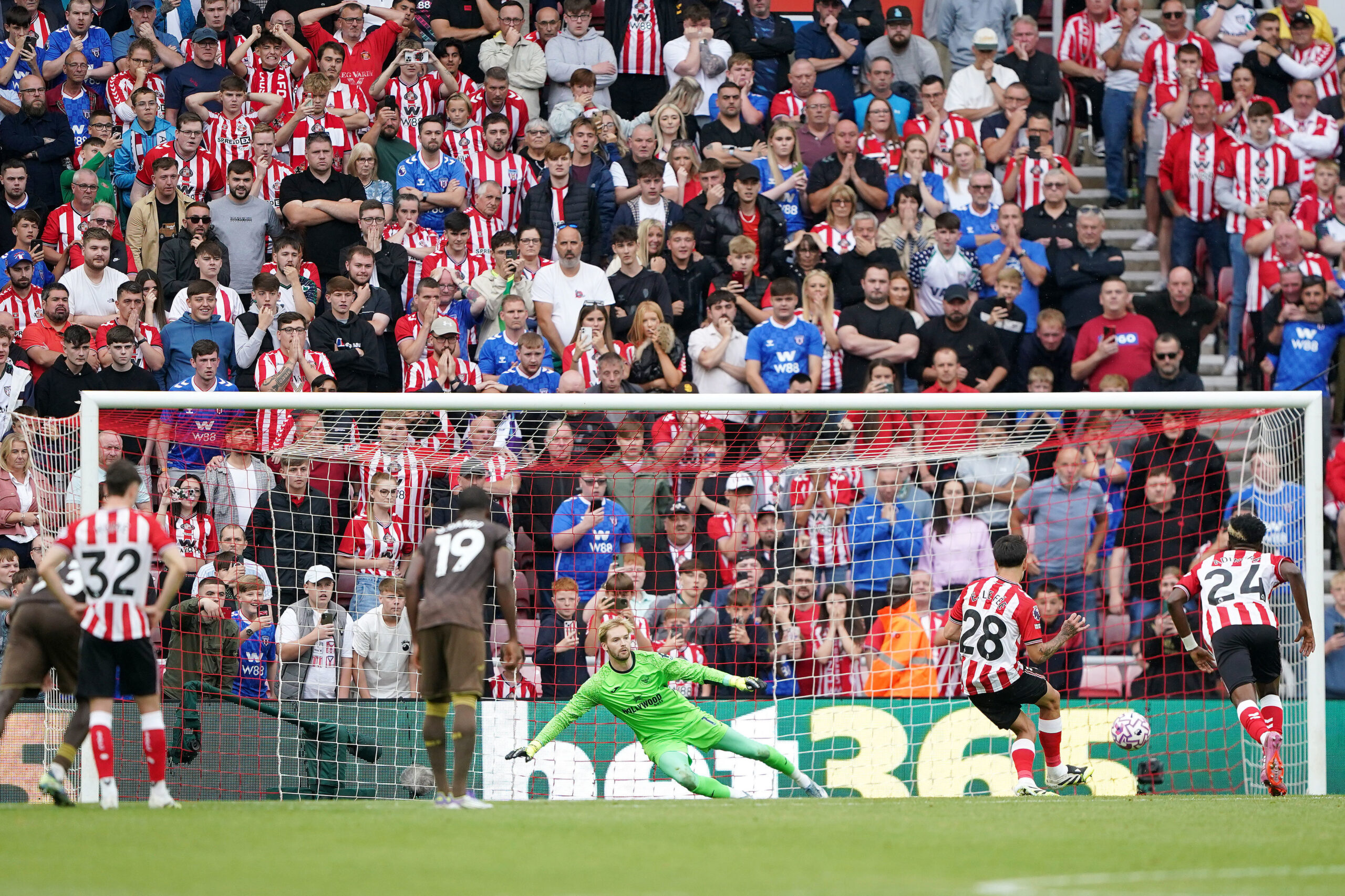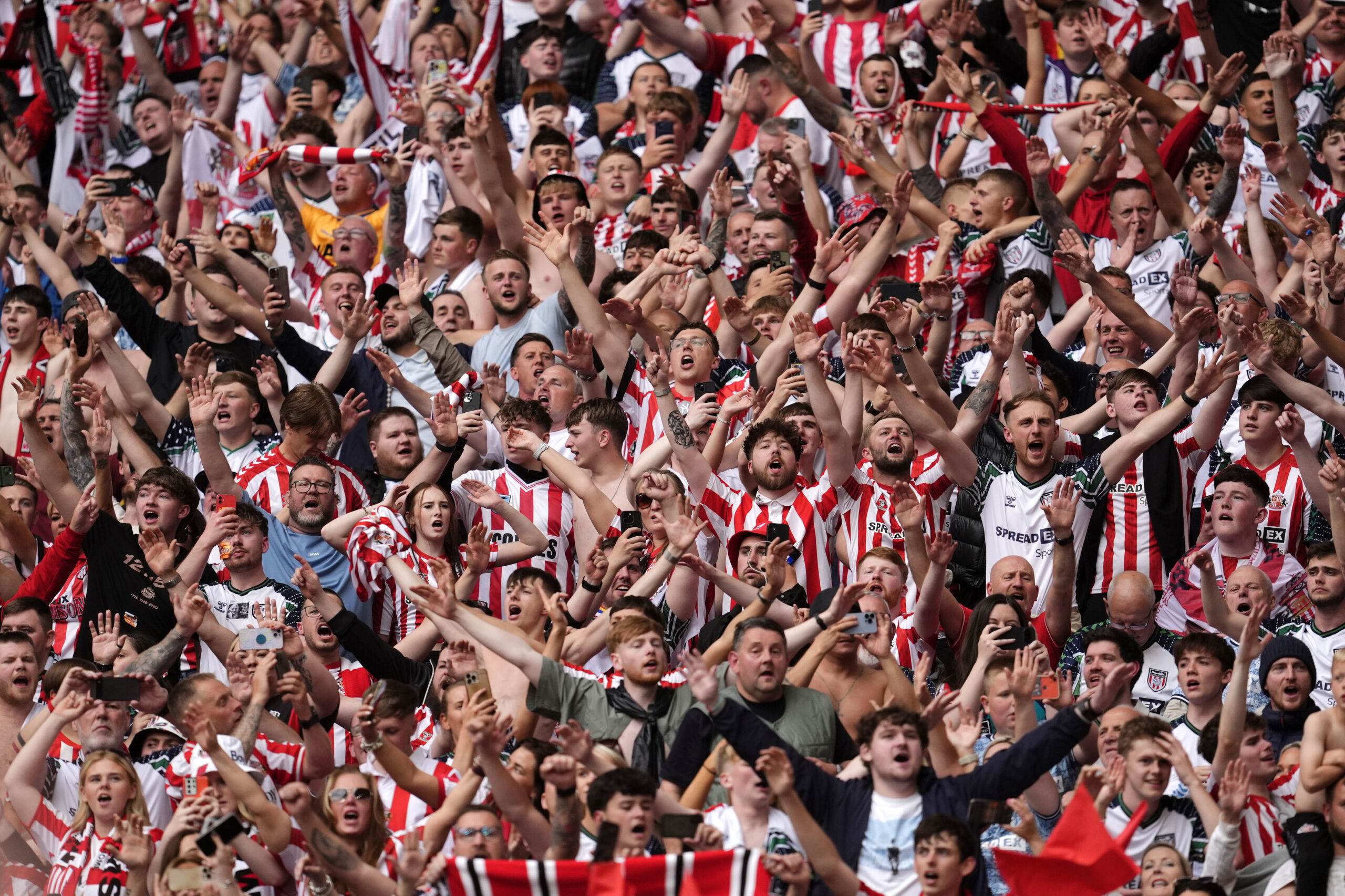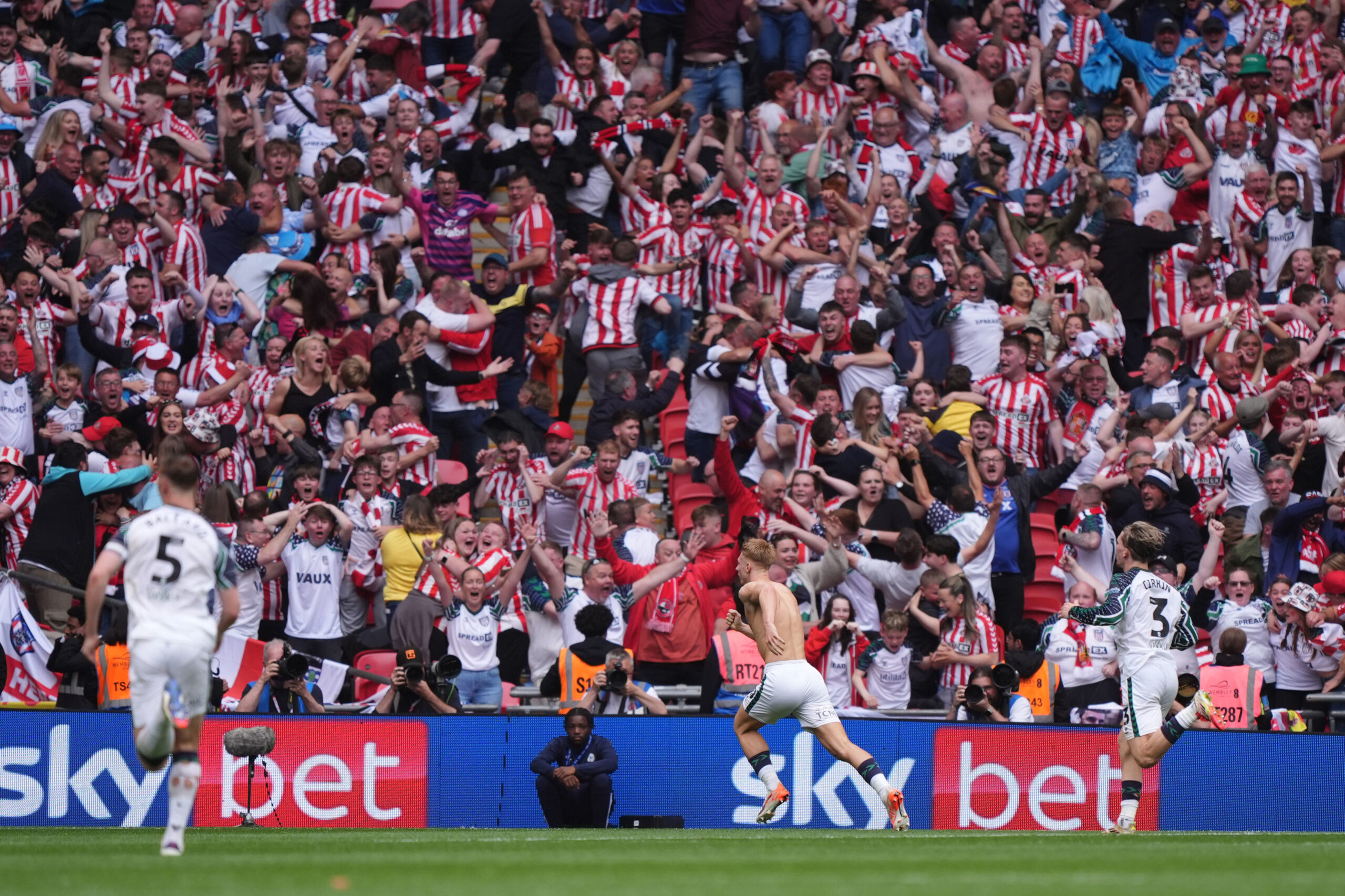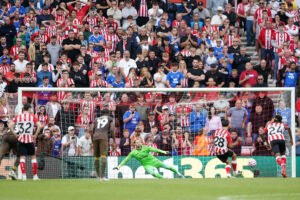Whether or not you approve, Sunderland has rewritten its transfer policy, taking recruitment plans in a fresh, bold new direction this summer.
To emphasise the point – with the arrival of Niall Huggins, Frederick Alves, Callum Doyle and Dennis Cirkin, it isn’t beyond the realms of possibility for Lee Johnson to shortly field a back four with an average age of just 19. Whether it would be sensible to do so is another matter.
But, from where we’ve come from it’s a realisation such as this, which leaves you reflecting on just how starkly Kristjaan Speakman’s vision for recruitment differs. Especially, in contrast to Roberto De Fanti and Lee Congerton, his predecessors in the Director of Football/Sporting Director role.
Corry Evans and Alex Pritchard aside, it’s now clear that Category One Premier League Academies are where the Black Cats have decided to focus most of their attention this year. All of the players brought in, save for Doyle, have been knocking on the door of PL matchday squads, all have international experience, are hungry for first team football, are blessed with pace and are comfortable with the ball.
A welcome player profile indeed and a very clearly definable one too.
Lowering the average age
As a result the wealth of signings made from this ‘talent pool’ have also changed the entire identity of Sunderland’s squad. For a start, the average age has dropped to 25.2, down from a recent 29.2. Not quite as low as the Mick McCarthy era of 23.1 but it’s heading there.
And, with that youth, especially youth with potential, the aspiration is they improve as the team does. For those permanent acquisitions the potential to recoup a large profit later down the line is also appealing.
But, we’ve signed promising youth before, including on loan. Why is this season looking different?
True, Jake Clarke-Salter from Chelsea was supposed to be the new John Terry and Southampton’s Jake Vokins was intended to slot seamlessly in at left-back. Jimmy Dunne from Burnley was another example of young, supposedly up and coming talent arriving on Wearside.
Three examples but also, importantly, across three different seasons parachuted into a very different group mentality.
It’s been well-documented how toxic some of these dressing rooms were at that time and to expect a small number of young players to perform when all around them is in disarray is a huge ask – as it proved to be.
The difference in the here and now is that allied with the academy players already at the club, Speakman is placing a huge reliance on the younger generation to gain promotion in one season’s squad.
Of the starting XI facing AFC Wimbledon on Saturday, six players were 25 or younger with two subs, 23 and 19, too.
It’s a risk. But it’s a gamble based on a much more harmonious environment and a clear footballing philosophy.
De Fanti and Congerton’s failures
Wind back to the seven turbulent months of De Fanti’s ‘attempt’ at being a Director of Football and we watched on as 14 new players walked through the door. Thinking on it now, even then, it was a chaotic time and seemingly lacked any coherent thought process.
Run your finger down the list of De Fanti’s acquisitions and you realise – depressingly – there isn’t a definable theme, staring back at you. Some 14 random footballers assembled apparently with no rhyme or reason. They were thrown into red and white with nothing but hope and a prayer that it would work.
In defence of De Fanti he has since argued the financial envelope he had to work with was limited and such was the player turnover during that summer his task was simply about assembling a squad.
Yet, here we are, financially and literally leagues below where we were under the Italian, facing a similar challenge. But, the club have thankfully undertaken a volte-face from De Fanti’s ‘see what sticks’ method.
Lee Congerton’s stint was equally bad. A Jermain Defoe isn’t sufficient to offset a Rodwell, Alvarez and Buckley, is it?
To be clear, this isn’t just a criticism of the quality of players signed under Congerton, De Fanti or anyone else at the club responsible for recruitment in the recent past.
Instead, it’s looking at the collective player profiles of those eras and realising that they didn’t add up to anything resembling a clear identity.
Certainly nothing like which is now placed before us.
Pieces of the jigsaw coming together
This isn’t to say that because Speakman is doing things differently that it will work of course. The worry after the first couple of signings in July was that it felt very much more of the same. But, it feels reasonable to conclude, as the summer transfer window draws to a close, there is now a noticeable logic behind what we’re seeing, hitherto not present in any other recent transfer policies at the club. We only saw a couple of the jigsaw pieces, without seeing the whole picture in the way we can now.
Whether Speakman’s turn at rolling the recruitment dice is the most seismic shift we’ve seen since the recent takeover is arguable.
For clubs looking to automatic promotion as a prerequisite it’s likely to be considered brave.
Either way, it must be applauded.
Look, we can eye roll at talk of footballing philosophies, data driven approaches and performance domains. Yet, ironically just as the club seems to have evolved its structure to the point of convolution, out of that comes a simple, concise theory – youth from within, supplemented with youth from the Premier League and an added blend of experience.
All that is left to do now is hope it works.
Graeme Atkinson

































